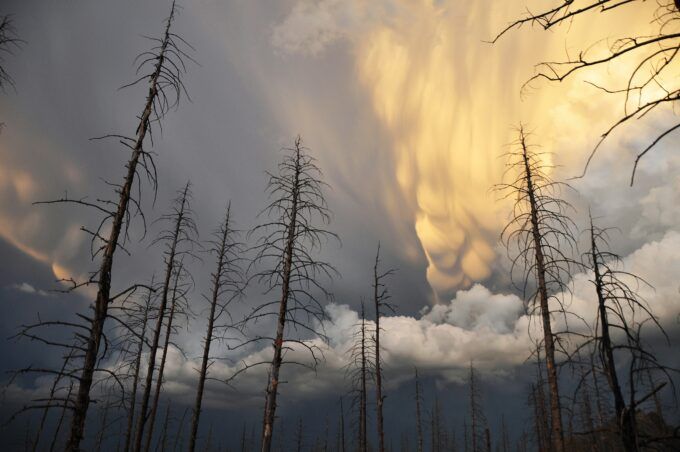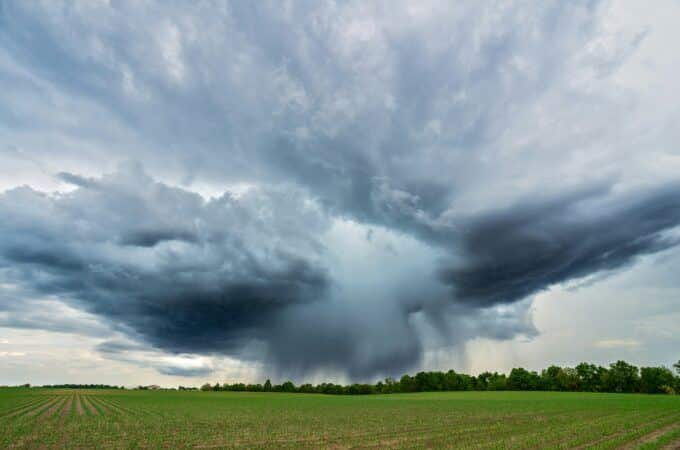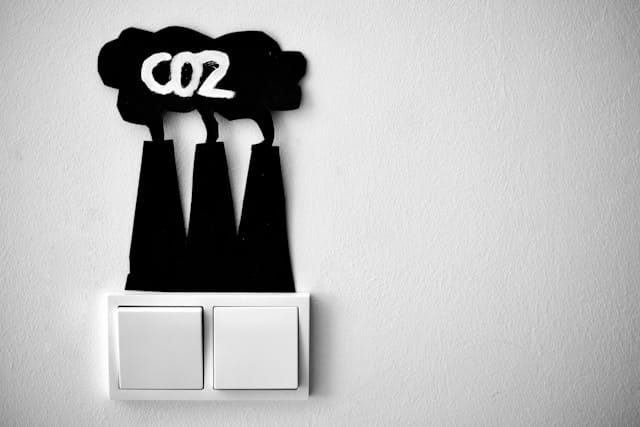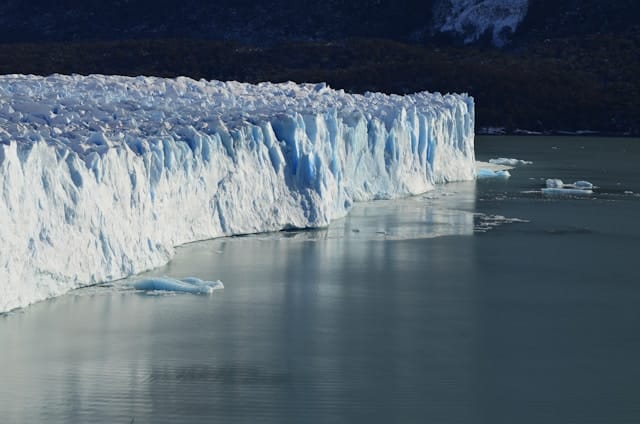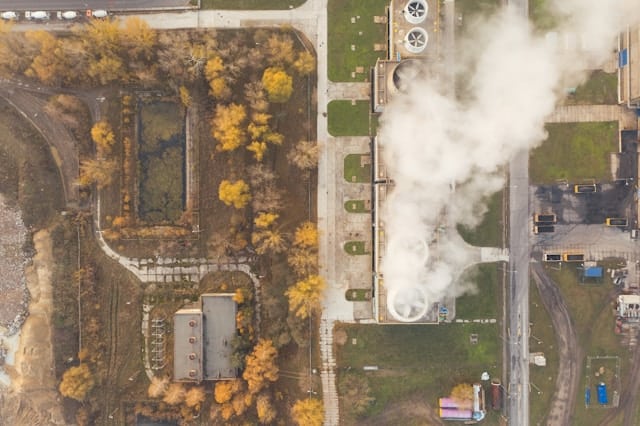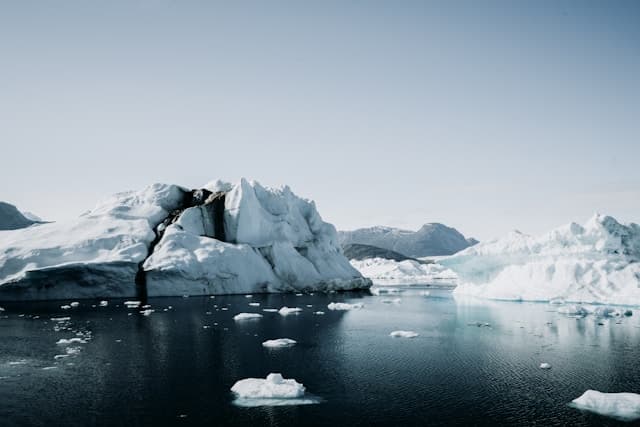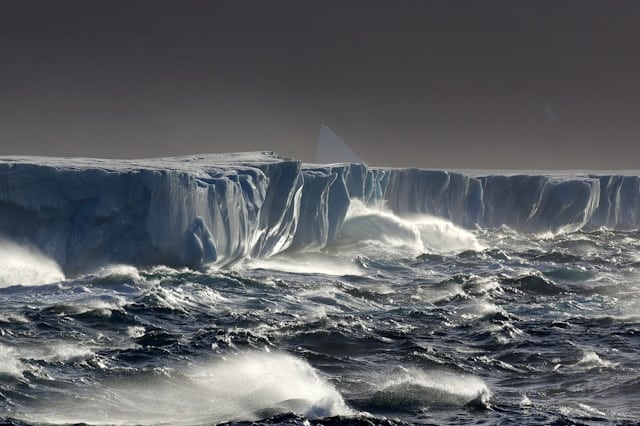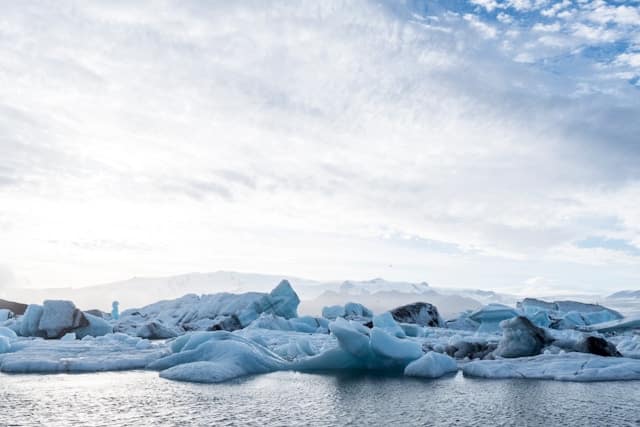
Herbert Marcuse – New Left Revival?
By Robert Hunziker
World events serve as a stage of constant search for how best to construct and maintain society, which is an underlying theme of some decades ago found in the works of Herbert Marcuse, 1898–1979, German-American philosopher of prominent fame during the 1960s considered an intellectual giant of his time.
Charles Reitz, widely recognized as a scholar of Herbert Marcuse, has brought to life his ideology for a prosperous healthy society, proposing that “nature is an ally” in his book The Revolutionary Ecological Legacy of Herbert Marcuse, 284 pgs. Daraja Press, 2023.
Today, it can be argued that a byzantine world of discordant parties, i.e., (1) global ultra-high-end capitalism (2) neofascism (3) racism (4) anti-establishmentarianism (5) flagging democracy are converging altogether at an explosive point in time in a new chapter of human history, and hopefully, as an aside, everlasting fusion technology (that really works) to take the heat off global warming but still decades in the making.

The works of Herbert Marcuse in the spirit of a hearty revival of the New Left are timely and may be necessary in today’s world to re-establish some semblance of sanity by offering balance to a geopolitical order that seems utterly confused and directionless and at each other’s throats.
Author of Eros and Civilization (1955) and One-Dimensional Man (1964) Marcuse was thrust onto the big stage as the preeminent theorist of the New Left, arguably more relevant today than during the 1960s. His widely read One-Dimensional Man exposes the inherent weaknesses in capitalism and communism found in a stifling conformity of life (somewhat in the spirit of Aldus Huxley’s Brave New World) via modern modes of domination and social control but hopeful of human freedom and happiness by way of liberation, as expressed in Eros and Civilization.
“The distinguishing feature of advanced industrial society is its effective suffocation of those needs which demand liberation.” (One-Dimensional Man, pg. 7)
Charles Reitz’s comprehensive study of Marcuse: “These works challenged corporate capitalism’s illusions of democracy characterized by consumerism, cultural anaesthetization, intellectual compliance, environmental degradation, and war as untenable forms of wasted abundance and political freedom.”
Accordingly, “If the New Left emphasizes the struggle for the restoration of nature, for public parks and beaches, for spaces of tranquility and beauty; if it demands a new sexual morality, the liberation of women, then it fights against material conditions imposed by the capitalist system and reproducing this system. (Marcuse 1972, 17) Marcuse’s political-philosophical vision continues to offer intelligent strategic perspectives on current concerns—especially issues of neofascist white supremacy, hate speech, hate crimes, police brutality, environmental destruction, and education as monocultural social manipulation. These troubles are profound, yet they can be countered through a Marcusean strategy of revolutionary ecological liberation and women’s emancipation— radical socialism as I will attempt to show in my concluding chapter 10 below. Marcuse’s posthumously published Paris Lectures at Vincennes University, 1974 underscored his belief that the women’s movement was one of the most important political forces for system change.” (The Revolutionary Ecological Legacy of Herbert Marcuse, pg. 145)
Marcuse’s work lays the groundwork for the 99% to be awakened, politically prepared, and strengthened, calling for a new ecosocialist world system Charles Reitz refers to as “EarthCommonWealth” with emphasis on equality and liberation of labor in a world of nature’s restoration. He interconnects the basic elements of a good life by removing the rotting influence of capitalistic excesses that stealthily brainwash the subconscious, by-the-hour, day-in, day-out via television, social networking galore, city bus posters, blaring radio ads, freeway billboards, insolent mobile phone ads, subway wall glitterati of comparables for purchase, on credit, over time.
As explained by Reitz, EarthCommonWealth is a revolutionary alternative to the “misuse of limited natural resources for profit.” Accordingly, this misuse is at the heart of a disruptive world climate system and disadvantaged lifestyle for labor throughout the world.
In the context of Marcuse’s criticisms of contemporary society, Reitz zeroes in on America: “Racial animosity, anti-immigrant scapegoating, and a resurgent nationalism/ patriotism are being orchestrated today in the troubled system of American/ global capitalism. These are neo-populist/neo-fascist instrumentalities of social control and economic stabilization… All this is said without mentioning the name of Donald Trump, though it has clear relevance to recent political developments in terms of a resurgence of reactionary rhetoric and racist tendencies on the right.”
“One-dimensional thought is systematically promoted by the makers of politics and their purveyors of mass information. Their universe of discourse is populated by self-validating hypotheses, which, incessantly and monopolistically repeated, become hypnotic definitions or dictations.” (One-Dimensional Man, pg. 14)
Underlying America’s extreme racial animosity used as a political weapon, radicalization of education provides a contemptuous convenience that “Marcuse anticipated back in the 1960s of counterrevolutionary tendencies now raging in higher education to reduce the liberal arts in American general education to the conservatively filtered monocultural residue of an elitist, Anglocentric curriculum.”
Reitz defines democracy’s experiment with capitalism, especially in the eyes of younger generations, portending a different future that older generations should contemplate: “Given today’s workforce discontent and destabilization, it is no wonder that an openness to socialist alternatives is taking hold among younger people. An opinion piece in The New York Times, (Goldberg 2017) carried the heading “No Wonder Millennials Hate Capitalism.” Millennials are the “older cousins” of Generation Z (Volpe 2). The piece concludes that the “rotten morality” behind today’s intensifying inequalities is more apparent than ever, hence radicalizing young people. This reflects the steady growth among the youth of what Marcuse called the “New Sensibility”—new needs, generated under capitalism, but which capitalism cannot fulfill, for gender equality, ecological economics, and anti-racism.”
“New needs unfulfilled by the current system” are fully exposed for all to see by America’s broken-down dysfunctional politics of infighting as a normal course of governing, failing to address “new needs.” How is it possible to take this seriously?
“Today the 1% is armed with its own theory; the 99% is not. A fundamentally different outlook is necessary. The main problem, as I see it, is to develop an incisive vision for humanity as sensuous living labor. I have developed in this volume a labor theory of ethics, an ethical realism grounded on the mutual respect, cooperation, and reciprocity of commonwealth labor… EarthCommonWealth envisions the displacement and transcendence of capitalist oligarchy as such, not simply its most ugly and destructive components. This is a green economic alternative because its ecological vision sees all living things and their non-living earthly surroundings as a global community capable of a dignified, deliberate coexistence,” pg. 257.
The Revolutionary Ecological Legacy of Herbert Marcuse by Charles Reitz with an afterword by Nnimmo Bassey is an antidote, a breath of fresh air, to society’s state of confusion and misdirection, and above all else, a sense of relief knowing there is another way that is much better.
This short review does not come close to doing justice to Reitz’s remarkable work that shines a beam of enlightenment, with impressive detail and brilliant source material, on a better course for the world’s 99%. It should be in the library of every serious advocate for a better ecologically safe existence, a much better existence.
The Revolutionary Ecological Legacy of Herbert Marcuse needs to be studied, reread, and then reread and studied again, and then shared. It’s worth it!
———–
This article was originally published on April 19, 2024 © Counterpunch
Robert Hunziker lives in Los Angeles and can be reached at rlhunziker@gmail.com.
Note: This article will also be posted on the Facing Future Now! Facebook group. If you would like to comment on this article, please go to the Facebook group and post your comments there under the article posting.
Facing Future Now! https://www.facebook.com/groups/530755592068234

